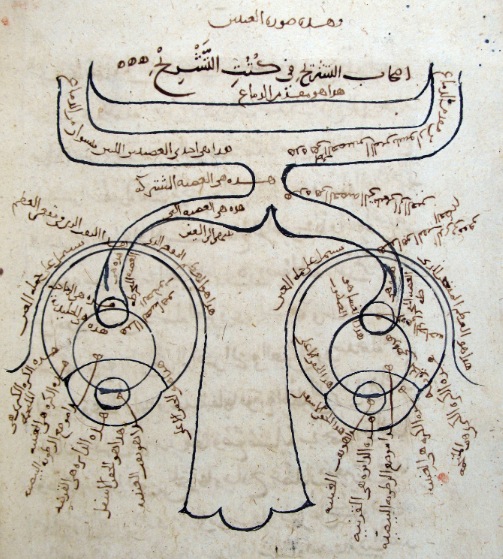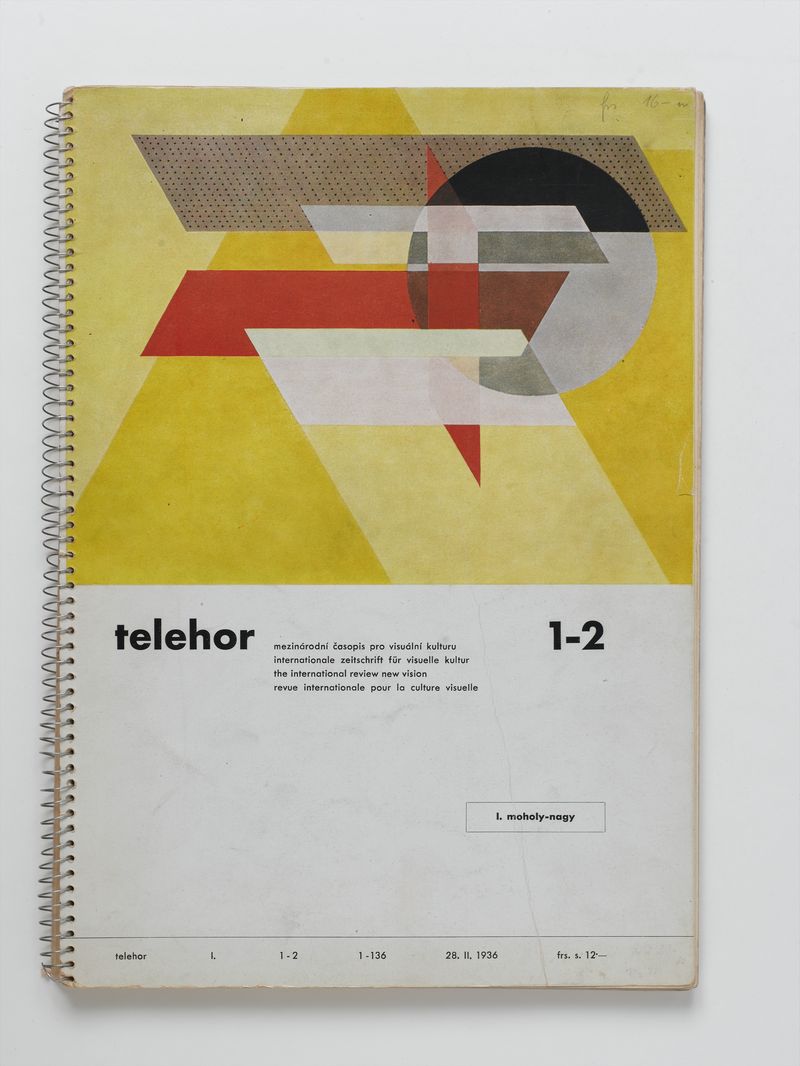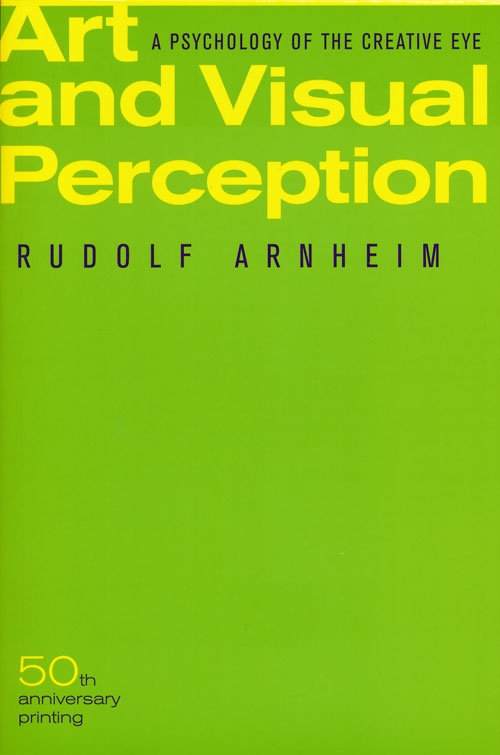The Optics of Ibn Al-Haytham, Books I–III: On Direct Vision (c1028-38/1989)
Filed under book | Tags: · colour, geometry, light, mathematics, optics, perception, physics, vision

This is the first English translation of first three out of the 7 volumes of the fundamental work on optics by the medieval Arab scientist Ibn al-Haitham or Alhazen (965–c1039). His book exerted a great influence upon science through Witelo, Roger Bacon, Peckham and Kepler. Alhazen investigated many particular cases of reflection and refraction, and drew attention to the light-ray’s property of retracing its path when reversed. He was the first to give a detailed description of the human eye and to study binocular vision. Certain ophthalmological terms originated from the Latin translation of Alhazen’s Arabic text, e.g. retina and cornea.
The Book of Optics (Kitāb al-Manāẓir, كتاب المناظر) presented experimentally founded arguments against the widely held extramission theory of vision (as held by Euclid in his Optica) and in favour of intromission theory, as supported by thinkers such as Aristotle, the now accepted model that vision takes place by light entering the eye.
Part 1 contains the translation; Part 2 an introduction, commentary, Arabic-Latin glossaries, concordance, bibliography, and indices.
Edition of the Arabic text, edited by A. I. Sabra, was published by National Council for Culture, Arts and Letters, Kuwait, in 1983 (Books I-III) and 2002 (Books IV-V). Sabra’s translation of the latter has not yet been published.
Translated with Introduction and Commentary by A. I. Sabra
Publisher The Warburg Institute, University of London, London, 1989
Studies of the Warburg Institute, 40/1-2
ISBN 0854810722, 9780854810727
367 and 246 pages, 4 plates (following p. 42 in Part 2)
Review (Alexander Jones, Isis, 1991)
Review (George Saliba, Speculum, 1992)
Wikipedia
Translator
Publisher (WI)
Publisher (SAS)
PDF (pp xvi-xix of Part 2 missing; 18 MB)
Latin translation:
Liber de aspectiibus et vocatur prospectiva (digital facsimile of Latin translation of all 7 volumes, manuscript, Ms 1393)
Opticae thesaurus (edition of the Latin translation by Friedrich Risner, 1572; Archive.org)
See also the first episode of Simon Schaeffer’s 2004 BBC documentary series Light Fantastic, “Let There Be Light”, where he discusses Alhazen and others.
Comment (0)Fr. Kalivoda (ed.): Telehor 1-2: Special Issue on L. Moholy-Nagy (1936) [CZ/DE/EN/FR]
Filed under magazine | Tags: · art, avant-garde, colour, design, film, light, photography, vision

Telehor was a project by Czech functionalist architect, theorist and educator, František Kalivoda, who planned it as a 64-page illustrated quarterly dedicated to visual culture. As an editor and publisher, Kalivoda had established an impressive network of collaborators across Europe, however his plans never fully took off.
Its only issue appeared as a book-length publication on the work of artist and Bauhaus teacher László Moholy-Nagy who was at the time already living in London. The magazine has, in the internationalist fashion, sections in several languages, including French, English, Czech, and German.
Contents of the English section: Foreword by Siegfried Giedion, 1935 (pp 27-29), Letter from Moholy-Nagy to Kalivoda, June 1934 (30-32), Moholy-Nagy’s essays “From Pigment to Light”, 1923-26 (32-34), “A New Instrument of Vision”, 1932 (34-36), “Problems of the Modern Film”, 1928-30 (37-40), “Supplementary Remarks on the Sound and Colour Film”, 1935 (41-42), “Once a Chicken, Always a Chicken”, a film script on a motif from Kurt Schwitter’s “Auguste Bolte”, 1925-30 (43-45), Postscript by Kalivoda, 1936 (45-46).
The reproductions run from page 49 through 112.
Publisher Fr. Kalivoda, Brno, 1936
Typography Fr. Kalivoda
Print Typia Press, Brno
138 pages, 69 ills., 29.7 × 21 cm
via Bibliothèque Kandinsky, in the Unlimited Edition
Moholy-Nagy at Monoskop wiki
Kalivoda at Monoskop wiki
PDF, PDF (variant with black cover, 149 MB)
Comment (1)Rudolf Arnheim: Art and Visual Perception (1954–) [EN, RU, PL, RO, ES, BR-PT]
Filed under book | Tags: · architecture, art theory, colour, kinesthesia, light, movement, music, painting, perception, perspective, physiology, psychology, sculpture

“Since its publication in 1954, this work has established itself as a classic. It casts the visual process in psychological terms and describes the creative way one’s eye organizes visual material according to specific psychological premises. In 1974 this book was revised and expanded, and since then it has continued to burnish Rudolf Arnheim’s reputation as a groundbreaking theoretician in the fields of art and psychology.”
Publisher University of California Press, 1954
Expanded and revised edition, 1974
ISBN 0520243838
508 pages
Interview with the author (Uta Grundmann, Cabinet, 2001)
Publisher (EN)
Art and Visual Perception (English, 1954/1974, 26 MB)
Iskusstvo i vizualnoe vospriyatie (Russian, trans. V.N. Samokhin, 1974/2000, DJVU, no OCR)
Sztuka i percepcja wzrokowa (Polish, trans. Jolanta Mach, 1978, 24 MB, no OCR, via nuitienne)
Arta si perceptia vizuala (Romanian, trans. Florin Ionescu, 1979, 35 MB, no OCR, via)
Arte y percepción visual (Spanish, trans. María Luisa Balseiro, 1979/1997, 43 MB)
Arte e percepção visual (Brazilian Portuguese, trans. Ivonne Terezinha de Faria, 1980/2005)

